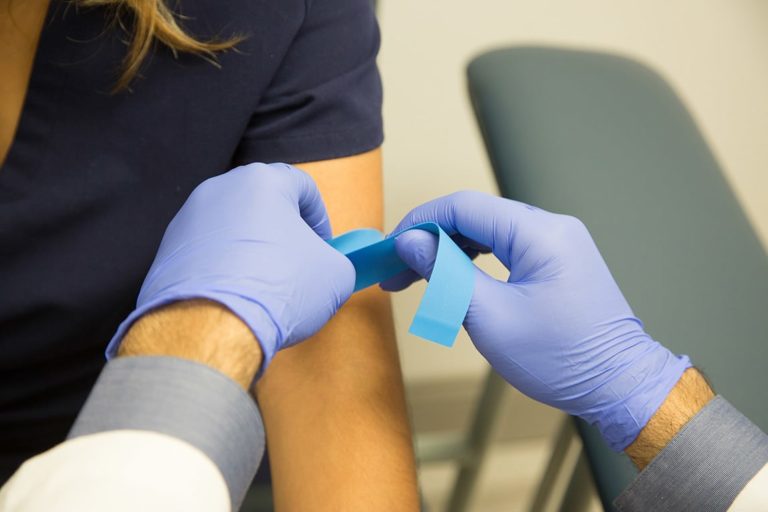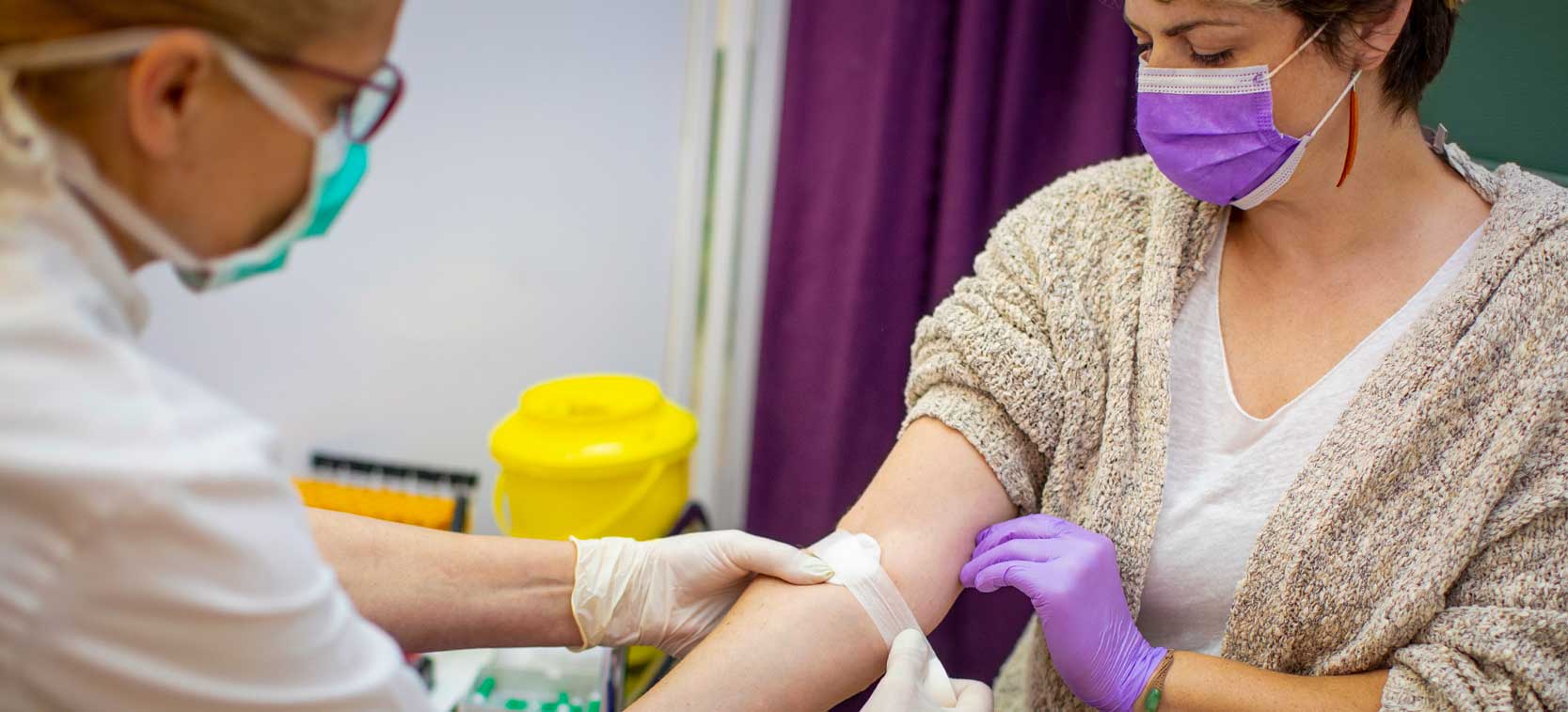The 15-Second Trick For Northeast Medical Institute - New Haven Campus Phlebotomy Course & Cna Class
The 15-Second Trick For Northeast Medical Institute - New Haven Campus Phlebotomy Course & Cna Class
Blog Article
The 45-Second Trick For Northeast Medical Institute - New Haven Campus Phlebotomy Course & Cna Class
Table of ContentsGet This Report about Northeast Medical Institute - New Haven Campus Phlebotomy Course & Cna ClassMore About Northeast Medical Institute - New Haven Campus Phlebotomy Course & Cna ClassNot known Details About Northeast Medical Institute - New Haven Campus Phlebotomy Course & Cna Class A Biased View of Northeast Medical Institute - New Haven Campus Phlebotomy Course & Cna Class3 Simple Techniques For Northeast Medical Institute - New Haven Campus Phlebotomy Course & Cna ClassThe 10-Minute Rule for Northeast Medical Institute - New Haven Campus Phlebotomy Course & Cna Class
However, the usage of such gadgets should be come with by various other infection prevention and control practices, and training in their usage. Not all safety and security gadgets apply to phlebotomy. Prior to choosing a safety-engineered gadget, individuals must thoroughly investigate available gadgets to establish their suitable usage, compatibility with existing phlebotomy practices, and effectiveness in shielding staff and individuals (12, 33).For settings with reduced sources, cost is a driving variable in purchase of safety-engineered gadgets - Phlebotomy Classes. Where safety-engineered devices are not offered, knowledgeable use a needle and syringe is appropriate. Unintentional exposure and specific info about a case ought to be tape-recorded in a register. Assistance solutions should be promoted for those who go through unintentional direct exposure.
One of the vital markers of quality of care in phlebotomy is the participation and teamwork of the patient; this is mutually valuable to both the wellness employee and the client. Clear details either written or verbal need to be readily available per person that goes through phlebotomy. Annex F supplies sample text for discussing the blood-sampling procedure to an individual. In the blood-sampling area for an outpatient department or clinic, provide a comfy reclining couch with an arm rest.
Our Northeast Medical Institute - New Haven Campus Phlebotomy Course & Cna Class Diaries
Guarantee that the indications for blood tasting are clearly specified, either in a written protocol or in recorded directions (e.g. in a lab form). Collect all the tools needed for the procedure and area it within safe and simple reach on a tray or cart, ensuring that all the things are plainly visible.
Present on your own to the person, and ask the patient to specify their complete name. Inspect that the lab type matches the client's identification (i.e. match the patient's details with the research laboratory kind, to guarantee precise recognition).
Make the patient comfortable in a supine setting (if feasible). The client has a right to decline a test at any time before the blood tasting, so it is essential to make certain that the individual has recognized the treatment - CNA Training.
Not known Factual Statements About Northeast Medical Institute - New Haven Campus Phlebotomy Course & Cna Class
Prolong the client's arm and check the antecubital fossa or lower arm. Situate a blood vessel of a good dimension that shows up, straight and clear. The diagram in Area 2.3, reveals usual settings of the vessels, yet several variants are feasible. The average cubital capillary lies in between muscular tissues and is generally the most easy to puncture.
DO NOT put the needle where blood vessels are drawing away, due to the fact that this increases the opportunity of a haematoma. The blood vessel ought to be visible without applying the tourniquet. Situating the capillary will help in establishing the proper dimension of needle. Apply the tourniquet about 45 finger widths above the venepuncture site and re-examine the vein.
Specimens from main lines bring a risk of contamination or wrong research laboratory examination results. It is acceptable, yet not suitable, to draw blood specimens when very first introducing an in-dwelling venous gadget, before connecting the cannula to the intravenous fluids.
What Does Northeast Medical Institute - New Haven Campus Phlebotomy Course & Cna Class Mean?
Permit the location to dry. Failing to allow sufficient contact time enhances the danger of contamination. DO NOT touch the cleansed site; in particular, DO NOT put a finger over the blood vessel to guide the shaft of the revealed needle. It the website is touched, repeat the sanitation. Carry out venepuncture as complies with.
Ask the person to form a fist so the capillaries are a lot more noticeable. Get in the blood vessel promptly at a 30 level angle or much less, and remain to present the needle along the blood vessel at the easiest angle of access - PCT Training. Once adequate blood has been gathered, release the tourniquet prior to taking out the needle
Northeast Medical Institute - New Haven Campus Phlebotomy Course & Cna Class for Dummies
Take out the needle gently and apply gentle pressure to the website with a his explanation clean gauze or dry cotton-wool sphere. Ask the individual to hold the gauze or cotton woollen in place, with the arm extended and elevated. Ask the individual NOT to bend the arm, since doing so creates a haematoma.

The Basic Principles Of Northeast Medical Institute - New Haven Campus Phlebotomy Course & Cna Class
Where feasible, maintain the tubes in a shelf and relocate the rack towards you - https://www.find-us-here.com/businesses/Northeast-Medical-Institute-New-Haven-Campus-P-Woodbury-Center-Connecticut-USA/34091598/. If the sample tube does not have a rubber stopper, infuse exceptionally slowly into the tube as minimizing the stress and speed made use of to transfer the sampling lowers the danger of haemolysis.

Report this page